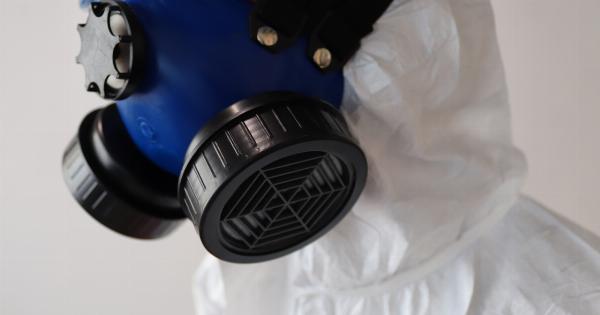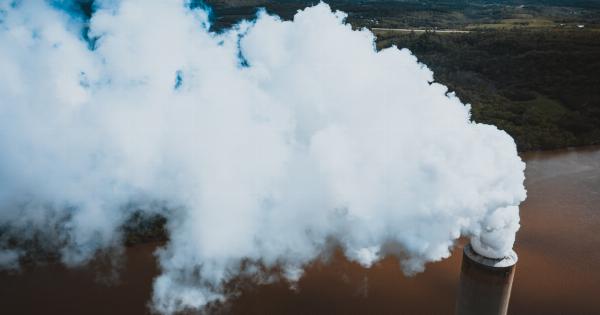Seasonal allergy is a common type of allergy that affects millions of people worldwide. It occurs when your immune system reacts to outdoor allergens such as pollen, mold spores, and dust mites.
These allergens trigger an allergic response that can cause symptoms such as sneezing, runny nose, watery eyes, and itching. Environmental factors can play a significant role in triggering seasonal allergies. Here are some of the environmental factors that may trigger seasonal allergies.
1. Pollen
Pollen is one of the most common allergens that trigger seasonal allergies. It is a fine powdery substance released by trees, grass, weeds, and flowers during the flowering season.
When you inhale pollen, your immune system reacts, releasing histamine, which causes the symptoms of seasonal allergies. Pollen counts are highest in the morning and on windy days, making it difficult for people with seasonal allergies to go outdoors during these times.
2. Mold spores
Mold spores are another common allergen that triggers seasonal allergies. Mold grows in warm and humid environments, making basements, attics, and bathrooms common places where mold spores thrive.
Outdoor mold spores can be found in damp soil, decaying leaves, and compost piles. Exposure to mold spores can trigger allergic reactions such as sneezing, runny nose, and itchy skin.
3. Dust mites
Dust mites are tiny creatures that thrive in warm and humid environments such as bedding, carpets, and upholstery. They feed on human skin cells and pet dander, causing allergic reactions in some people.
Symptoms of dust mite allergy include sneezing, runny nose, and itchy eyes.
4. Air pollution
Air pollution can also trigger seasonal allergies. Polluted air contains small particles such as smoke, dust, and chemicals that can irritate the respiratory system, causing allergic reactions such as coughing, wheezing, and shortness of breath.
5. Pet dander
Pet dander is a common allergen that triggers seasonal allergies. Pet dander consists of tiny flakes of skin shed by cats, dogs, and other animals.
When you inhale pet dander, your immune system reacts, causing symptoms such as sneezing, runny nose, and itchy eyes.
6. Food allergens
Some people with seasonal allergies may also experience food allergies. This is known as oral allergy syndrome. It occurs when the immune system overreacts to proteins in certain foods that are similar to the proteins found in pollen.
Symptoms of oral allergy syndrome include itching, tingling, and swelling of the lips, mouth, and throat.
7. Temperature changes
Temperature changes can also trigger seasonal allergies. When the temperature fluctuates, it can cause an increase in pollen counts, leading to a rise in allergic reactions.
Additionally, sudden changes in temperature can cause the body to produce excess histamine, leading to symptoms such as sneezing, runny nose, and itchy eyes.
8. Wind
Wind can also trigger seasonal allergies. When it blows, it carries pollen, mold spores, and dust, which can enter the nasal passages and trigger an allergic reaction. Windy days can be particularly challenging for people with seasonal allergies.
9. Rain
Rain can trigger seasonal allergies by causing an increase in pollen production. Before plants release pollen, they need moisture. Rainfall can provide this moisture, causing plants to produce more pollen.
Additionally, rain can cause mold spores to grow rapidly, leading to an increase in allergic reactions.
10. Sun exposure
Sun exposure can also trigger seasonal allergies. When exposed to sunlight, the body produces vitamin D, which is essential for a healthy immune system.
However, excessive sun exposure can suppress the immune system, making it more susceptible to allergens. Additionally, UV radiation can cause skin irritation and exacerbate allergic reactions.































